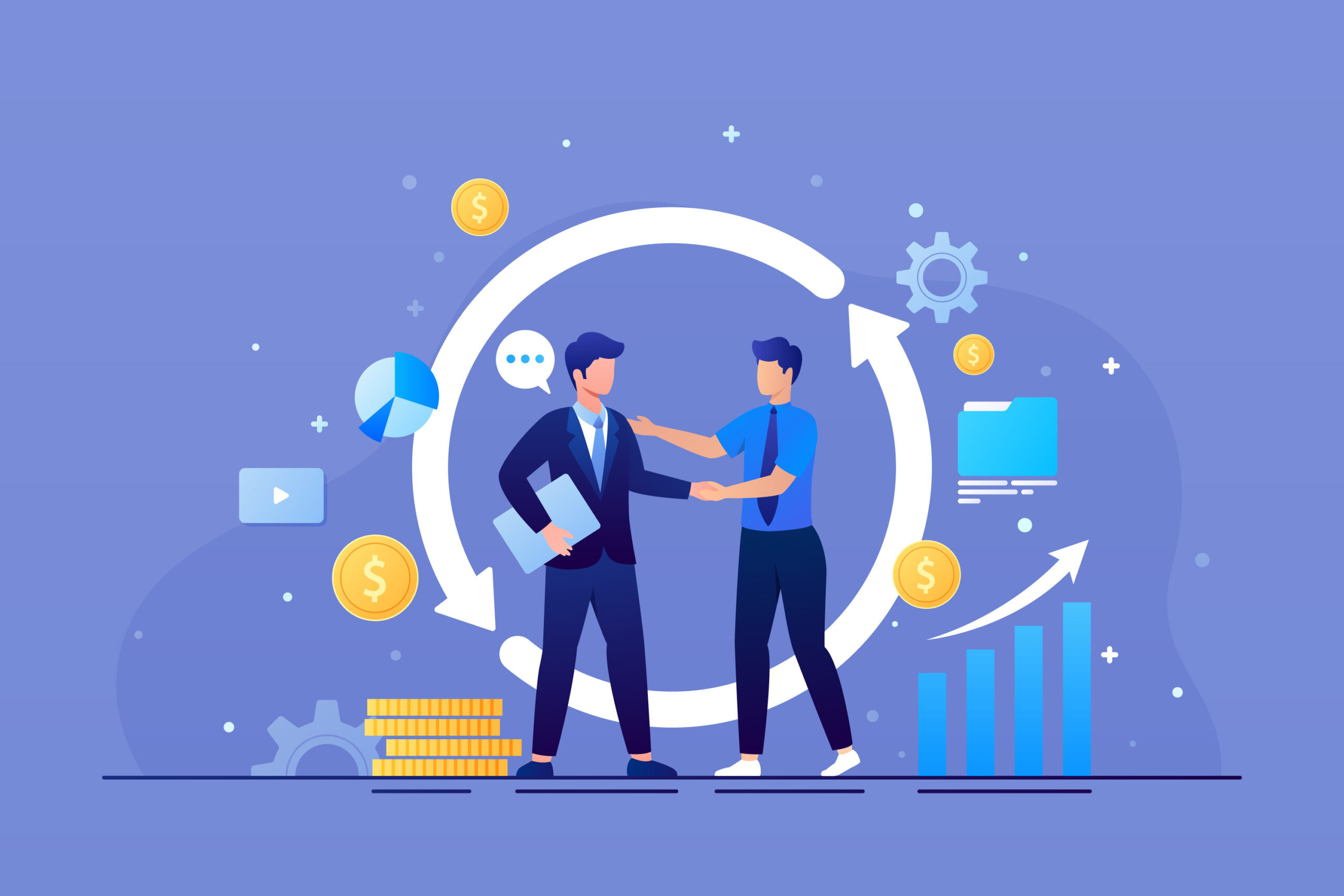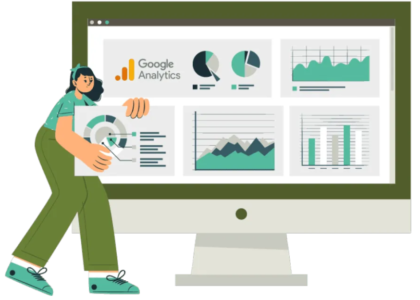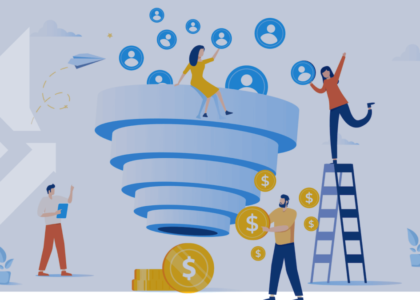Introduction: Why Asia’s Digital Boom is Reshaping B2B Lead Generation
Asia isn’t just digitizing—it’s accelerating faster than almost any region on the planet. From the rise of mobile-first consumers to government-backed digital infrastructure, businesses across the continent are discovering that traditional sales pipelines simply can’t keep up. B2B Lead Generation for Asia is entering a new era—one where AI-driven precision, data-led decision-making, and hybrid engagement models dominate the conversation.
Once upon a time, trade shows and physical networking events defined how deals were made. Today, the handshake has gone digital. A well-optimized LinkedIn campaign, an AI-powered lead scoring system, or even a virtual product showcase can deliver stronger, more measurable ROI than weeks of travel and face-to-face selling.
This is where AI Marketing comes into play, and where forward-thinking solutions like iSmart AI Marketing Service are carving out real advantages for B2B players. The stakes are high: businesses that fail to modernize risk being drowned out in a sea of digital noise, while those that adapt can capture high-value leads across borders at scale.
Asia’s digital boom is not a trend—it’s the foundation for how B2B partnerships will be built, nurtured, and sustained in the next decade. The companies that understand this shift are already rewriting the playbook for growth.

The Digital Transformation of Asian Economies
The economic heartbeat of Asia is undeniably digital. From Bangalore to Beijing, startups and legacy enterprises alike are re-engineering their go-to-market strategies to survive in a world that values agility and connectivity. B2B Lead Generation for Asia cannot be divorced from this broader transformation—because the same forces shaping consumer behavior are reshaping business-to-business engagement.
Consider the explosion of mobile-first adoption. Asia accounts for more than half of global internet users, with markets like India, Indonesia, and Vietnam leaping into digitization at breakneck speed. For B2B firms, this translates into opportunities for hyper-targeted campaigns where decision-makers are already spending their time—on apps, digital communities, and cross-border platforms.
Governments, too, are fueling the shift. Initiatives in Singapore, South Korea, and China are pushing 5G, AI, and cloud computing adoption. For businesses, this means the digital rails are already laid—it’s about how fast and strategically they can ride them. AI Marketing is no longer optional; it’s the engine powering smarter, data-backed outreach.
Here, iSmart AI Marketing Service demonstrates its value by helping firms tap into predictive analytics, automating outreach, and reducing inefficiencies that plague traditional campaigns. What once took weeks—such as qualifying leads or segmenting markets—can now be achieved in hours with AI-driven insight.
The message is clear: as Asia digitizes, B2B lead generation isn’t just changing—it’s evolving into something far sharper, faster, and more competitive.

Challenges in Traditional B2B Lead Generation
Of course, transformation doesn’t erase challenges overnight. In fact, the very speed of Asia’s digital evolution creates its own hurdles. Traditional methods of B2B Lead Generation for Asia are still alive, but they’re increasingly ineffective in the face of scale and complexity.
First, consider the reliance on in-person networking. Trade fairs and conferences remain valuable but no longer carry the weight they once did. Decision-makers are harder to pin down physically, and even when you find them, the competition is already one step ahead with digital-first engagement.
Then there’s the cultural and linguistic diversity across Asia. What works in Tokyo may not resonate in Jakarta. A one-size-fits-all approach simply fails in this fragmented landscape. Traditional lead gen struggles to scale without losing personalization—a fatal flaw when every market expects tailored messaging.
Lastly, the problem of scalability. Manual processes like cold calling or email blasting may have worked once, but in a digital-first world, they’re wasteful and inefficient. With AI tools, you can qualify leads instantly and prioritize the ones with the highest conversion potential. Without it, businesses risk burning resources on dead ends.
Here’s where AI Marketing solutions—particularly platforms like iSmart AI Marketing Service—step in. They bring structure, automation, and intelligence to what was once guesswork. By leveraging AI, businesses can cut through noise, bridge cultural gaps, and reach prospects in ways that feel human, yet scale like machines.
The gritty truth is this: businesses clinging to old-school lead generation are not just falling behind—they’re becoming invisible.

Emerging Trends in B2B Lead Generation Across Asia
To thrive in Asia’s digitizing economies, businesses need to spot and embrace the trends redefining the field. Emerging models of B2B Lead Generation for Asia lean heavily on technology, personalization, and agility. Let’s unpack the most powerful ones.
AI-powered lead scoring and automation are revolutionizing efficiency. Instead of treating every inquiry the same, AI filters through thousands of signals to prioritize leads most likely to convert. This is not about working harder but smarter—and it’s why firms using iSmart AI Marketing Service often see sharper pipelines with less wasted effort.
Account-based marketing (ABM) is another game-changer. By zeroing in on high-value targets, businesses can craft campaigns that feel bespoke, building stronger trust with fewer resources. In Asia, where long-term relationships drive deals, ABM hits the sweet spot between efficiency and personalization.
Social selling is rising, too. Platforms like LinkedIn dominate in some regions, while WeChat and Line are more influential elsewhere. Savvy marketers are using these ecosystems to build credibility, engage prospects directly, and shorten sales cycles.
And then there are virtual events and webinars. They’re not just pandemic stopgaps—they’re permanent fixtures in the toolkit. With the ability to connect across time zones and geographies, these events expand reach while lowering costs.
The future of lead generation in Asia belongs to businesses that embrace these trends early and integrate them into cohesive strategies powered by AI Marketing.

Role of Data and Analytics in Driving Smarter Leads
Data is the lifeblood of modern B2B lead generation, and in Asia’s high-growth markets, it’s the difference between thriving and stalling. The sheer scale of opportunities means businesses can no longer rely on gut instinct; they need insights that cut through complexity.
B2B Lead Generation for Asia is evolving into a science driven by big data, predictive analytics, and behavioral insights. Tools powered by AI Marketing are analyzing billions of data points—from browsing behavior to purchasing signals—to identify when and how to engage prospects.
But with great power comes great responsibility. Privacy regulations such as GDPR and Asia’s own PDPA frameworks demand compliance, forcing businesses to balance aggressive outreach with ethical practices. This is where sophisticated platforms like iSmart AI Marketing Service shine, building compliant pipelines while maximizing efficiency.
Consider the power of predictive analytics. Imagine knowing not just who your leads are, but when they’re most likely to make a buying decision. Or picture being able to personalize campaigns at scale without diluting quality. That’s the reality for businesses leaning into AI-powered data strategies.
The takeaway? Data doesn’t just guide strategy—it defines it. And those who wield it intelligently are the ones who will dominate Asia’s future business landscape.
Future Outlook: Where B2B Lead Generation is Headed in Asia
So, where is all this heading? The answer lies in convergence—human insight enhanced by machine intelligence. The future of B2B Lead Generation for Asia will not be about replacing people with machines but equipping teams with AI-driven tools to scale their impact.
Expect AI chatbots and conversational marketing to become mainstream, providing instant engagement without sacrificing personalization. At the same time, cross-border partnerships will expand as Asia’s economies become more interconnected, requiring tools that can operate seamlessly across languages and regulations.
Hyper-targeted campaigns will dominate the landscape. Businesses will no longer waste resources casting wide nets; instead, they’ll use AI to build sniper-precise outreach that resonates on cultural and contextual levels. Platforms like iSmart AI Marketing Service will sit at the heart of this evolution, turning fragmented data into actionable intelligence.
But don’t count out the human touch. Hybrid models—blending offline and online engagement—will remain vital in a region where trust still matters deeply. The winners will be those who can balance automation with authenticity.
This isn’t the future decades away. It’s already unfolding—and those who fail to adapt risk being sidelined by more agile competitors.
Conclusion & Key Takeaways
Asia is no longer following global digital trends—it’s setting them. For companies serious about growth, B2B Lead Generation for Asia requires a mindset shift: away from outdated practices and toward AI-powered, data-driven strategies that deliver measurable impact.
The winners of tomorrow will be those who act today. They’ll embrace AI Marketing not as a gimmick, but as a core operating principle. They’ll lean on solutions like iSmart AI Marketing Service to automate, personalize, and accelerate growth at scale.
The gritty truth? The landscape is unforgiving. But for those ready to adapt, the opportunities are limitless.





